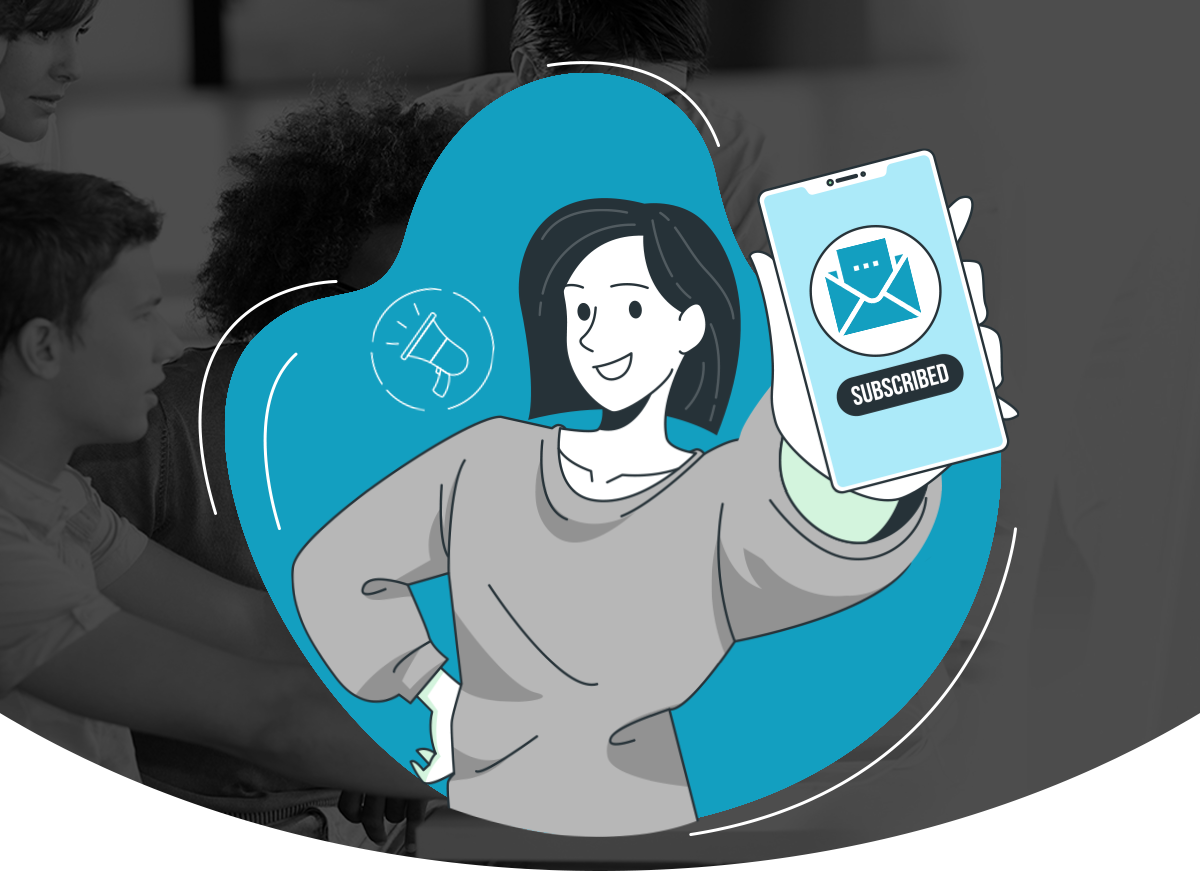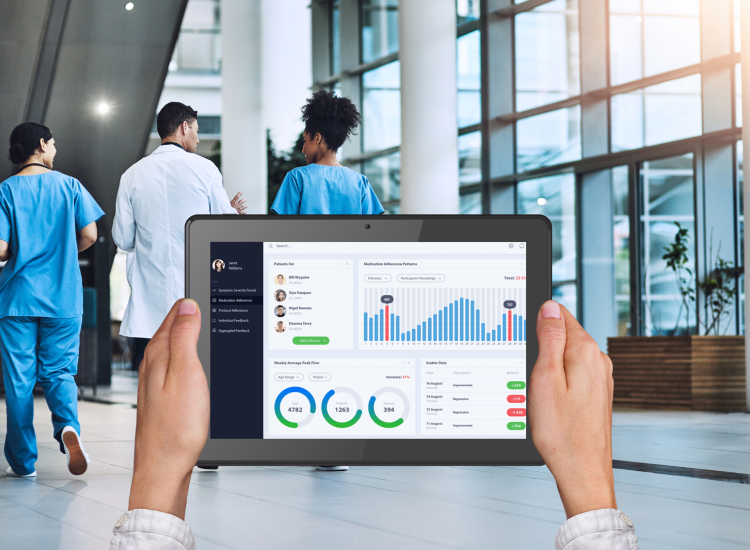
How RPM solutions are improving patient-centric healthcare?
With a Remote patient monitoring system, healthcare professionals can check their patients remotely, saving time and expense while offering the best treatment.
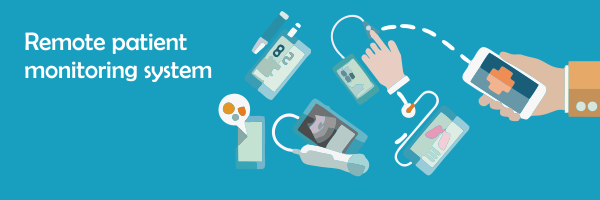
Physicians' capacity to monitor and treat patients in non-traditional medical settings is improved by remote patient monitoring (RPM). RPM collects people's health data in one location using digital technologies. Send information electronically from the patient's home to other health care providers for examination and suggestions.
Non-invasive procedures, in particular, are increasingly frequently used in disease management strategies to give extra patient information to improve medical decision-making.
Introduction to RPM (Remote Patient Monitoring)
The goal of remote patient care systems is to collect a wide range of physiological data from patients. Electrocardiogram (ECG), electroencephalogram (EEG), heart rate and respiratory rate, blood oxygen or pulse oximetry, nervous system signals, blood pressure, body/skin temperature, and blood glucose levels are the most prevalent types of data. Additionally, data on the patient's weight, activity level, and sleep may be obtained. Wound healing and sleep monitoring have both been the subject of much investigation.
Remote healthcare service is a new field of study as the world moves towards remote monitoring, real-time, and rapid disease detection.
There are many categories of remote health care (telemedicine, mobile health care, etc.), all of which involve using technology to monitor patients outside the hospital setting.
So, what is RPM in healthcare!
The term "remote patient monitoring" refers to a variety of patient categories. Patients with chronic diseases, mobility difficulties, and other illnesses, as well as postoperative patients, neonates, and the elderly.
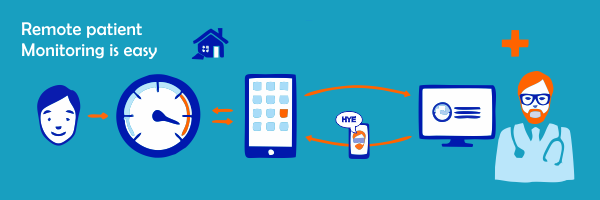
Traditional systems use sensors attached to the body to collect data. However, these systems pose difficulties in terms of patient mobility and activities of daily living. These types of devices affect patient comfort, which affects sensitive physiological data.
Therefore, the measurements may not represent the patient's actual illness, but rather the discomfort experienced by the patient, especially older patients, when the physiological measurements are taken. Although many situations require invasive or contact intervention, recent studies have addressed how to obtain physiological data in the most non-invasive way possible.
For this purpose, intensive research on non-contact methods has been conducted in recent years. This article describes both contact (i.e., contact-based) and non-contact methods, as these two types of systems are important to researchers in this field.
Some people have ailments that need to be checked regularly. The capacity to make all patients' everyday lives as comfortable as possible is the objective of competent health care. Rather than being restricted to pricey rooms, most studies allow for movement and unrestricted exercise in a home or personal setting that is helpful to the patient.
As a result, employing a range of technologies, the complete system is designed to accommodate this notion. The new remote health monitoring app enables elderly individuals to carry out everyday tasks without the assistance of a caregiver. As a result, these programs allow users to do things like sit, stand, use the restroom, watch TV, read, and sleep with minimum discomfort.
The influence of a wearable sensor on activity is negligible. A sensor based on a smartwatch is one such example.
Why RPM Market is flourishing in the US?
In 2019, the telemedicine patient monitoring market in North America was the largest, followed by Europe. The rising incidence of chronic illnesses, the desire to cut healthcare costs, and the rise of the general and geriatric population are all factors contributing to North America's substantial share of the RPM market.
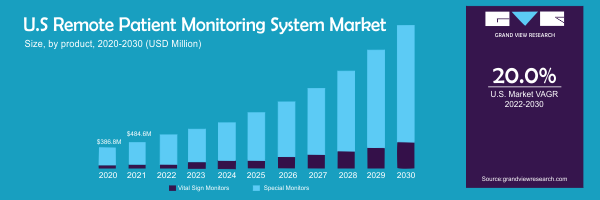
The worldwide RPM market is estimated to increase at a CAGR of 38.2 percent between 2020 and 2025, from 23.2 billion USD in 2020 to 117.1 billion USD in 2025.
Increased investment in telemedicine and RPM in healthcare is a major factor behind the growth of this market. Growing elderly population and access to medical care, the cost-effectiveness of telemedicine and remote patient monitoring, benefits of RPM app to reduce the burden on medical resources, advances in telecommunications, increased incidence of chronic diseases Regional regulatory disparities, health fraud, and informal social media activities, on the other hand, are projected to restrain market expansion throughout the projection period.
The global market for remote patient monitoring systems is predicted to be worth $1,282 million in 2021, with a compound annual growth rate (CAGR) of 20.2 percent from 2022 to 2030.
With the capacity to monitor clinically essential pre-and post-surgery data, detect symptoms, and avoid problems, the specialized monitoring sector leads the market for remote patient monitoring systems, accounting for the highest proportion of sales in 2021. It accounted for 83.8 percent of the total.
Vital sign monitors are widely used, and the remote patient monitoring systems market is predicted to develop at the quickest pace of 21.9 percent over the forecast period. Due to the rise in heart disease throughout the world, heart rate monitors have been designated as a significant product sector. The usage of these monitors has increased as the number of persons with heart disease has increased.
Diabetes is the most popular app sector in 2021, accounting for more than 12.8 percent of total revenue. Diabetes is one of the main causes of mortality, and it needs regular blood sugar checks. It has been shown to alter a variety of bodily processes, including heart function, eyesight, liver function, and kidney function. As a result, continuous and frequent monitoring is necessary, which may be conveniently accomplished with the help of remote patient monitoring equipment.
To treat hypertension, remote patient monitoring might be beneficial. Because of the rise in illness prevalence, the cardiovascular disease treatment sector is predicted to grow at a healthy rate of 20.6 percent over the projection period.
North America is the market leader in remote patient monitoring systems, with a revenue share of 41.6 percent in 2021. The region's growth is being fueled by an increase in the frequency of chronic conditions, demand for wireless networks and laptops, and the availability of sophisticated compensation schemes aimed at lowering personal spending.
In addition, the market in the area is being driven by increased research and development to construct innovative sensor-based patient monitoring systems. Furthermore, the majority of the market's major players are based in the area, boosting the market's expansion.
The RPM market is divided into two categories: software and services and equipment. In 2019, the software and services category held the greatest proportion of the worldwide market. The growing acceptability of RPM services is mostly attributable to the expanding reimbursement of RPM programs and the growing incidence of chronic conditions.
How RPM solutions are economically feasible?
The care route concerned with remote patient monitoring solutions or the broader telehealth technique is very straightforward. A series of technologies are embedded inside the domestic care environment, including real-time video, 2-way communication, and hard and fast digital sensors and gadgets that allow the capture of various biometric statistics.
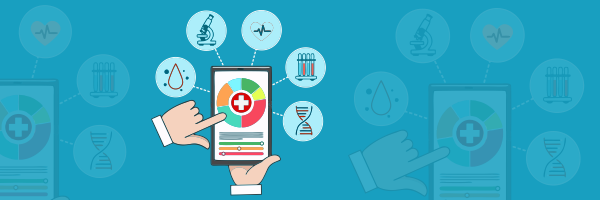
In the realm of PD, data may be gathered on several treatment factors, such as the kind of dialysis response employed, the duration of treatment, the quantity of ultrafiltration, the duration of drainage, and the sorts of alarms. These data might be gathered regularly, retained for subsequent study, or supplied "on-demand" by healthcare practitioners.
The information is usually routed to a central station, where healthcare practitioners may monitor and study statistics before making decisions about medication modifications, schooling, and other interventions. The ultimate goal is to enhance the impacts and lower the cost of care by providing remote support to afflicted persons and their caregivers in their homes or other settings.
So, how RPM software solutions can make healthcare more feasible!
- Remote monitoring of patients by Rpm hours can improve outcomes in people with ESKD. For example, it can be predicted that RPM may want to reduce the number of avoidable hospital admissions associated with dialysis, including those due to peritonitis; catheters appear on the network, prolong the overload, and are associated with dialysis catheters malfunction.
- Indeed, healthcare RPM allows patient monitoring to identify problems that can be treated in a home setting. For example, major symptoms and symptoms and daily weight may be sent by the care team to a dialysis center for evaluation.
- If the team notices an increase in weight, the degree of oxygen saturation is pushed out, or other symptoms are different, the person affected can be contacted immediately. Adjustments can be made to their PD prescription, including better use of percent dextrose bags to increase the ultrafiltration volume and, therefore, reduce the risk of potentially large, symptomatic overload having to go to the hospital.
- As another example of remote patient monitoring solutions, an affected person could have the ability to send a real-time photo or video through their catheter on-site to the care team if they are concerned. Seeing any redness or runoff is an early sign of contamination. . In this way, contamination of sites can be detected early and dealt with immediately in the home environment.
- Several studies show for the first time that microchip patient control with remote patient monitoring solutions saves money as significant reductions in healthcare usage often lead to reduce the number of microchip hospitalizations. In addition, the expected price savings in healthcare structures in Europe and the US are linearly related to the RPM exercise price.
- An important note is the limited follow-up period of the study considered in this meta-review, limiting the duration of the price-effectiveness assessment to at least one year. However, the effectiveness of RPM was also supported by multiple sensitivity analyses, all of which indicated that neither the length of follow-up nor in the United States where RPM was tested had any effect on the benefit obtained.
- Hospitalizations for any reason have decreased significantly, suggesting that close follow-up of patients with HF is key to achieving first-class life expectancy improvements. An interesting location became the same time of hospitalization immediately after admission of the affected person in each of the Rpm remote monitoring and routine care groups.
- One can certainly assume that early detection of symptoms and signs and symptoms of decompensation through RPM could lead to a much less common decompensation due to the length of stay in the center shorter medical. A good reason for this statement is the methodological bias presented in the RCT, with inconsistencies among the findings in the LOS report. Therefore, a composite assessment of individual profiles will provide an accurate solution to the real impact of RPM on length of stay.
RPM provides patients and their caregivers with a robust, fast device that can improve results and reduce costs. This device supports the belief that home care plans promote independence and improve outcomes for patients with Parkinson's disease.
It is important to understand that technology should be incorporated into the care pathways and methods of using this device as an enabler to maximize care.
While the nursing staff knows how to use the facts, they are the most convenient and the methods have been developed to intervene successfully and quickly. Unfortunately, there is a lack of data on the results associated with the use of remote patient monitoring software solutions in patients with Parkinson's disease, and large randomized trials need to be conducted in addition to the know-how base. In addition, these facts are necessary to convince insurers and government payers to want to financially support these programs. However, using this device may improve results and reduce stress.
How to implement RPM solutions in your healthcare system?
Customers are interested in participating in the debate between standardization and specialization. The relaxation of the environment of health items is affected as the RPM modality evolves. The RPM market, on the other hand, has not yet reached this degree of maturity.

Several businesses are interested in facilitating RPM remote patient monitoring, which provides a wide range of advantages, features, and fixes to a certain group of clients. Clean corporate leaders are no longer visible, but existing organizations and newcomers continue to fill the void.
Plans before starting:
Healthcare companies need to involve the planning organization in the RPM with the best RPM software developers. The first is the medical institution, which needs to explain the affected population to be monitored and the issues that RPM is trying to fix.
This organization also needs to determine how follow-up can be performed. For example, via a device such as a glucose or heart monitor, or via a questionnaire that can be provided via email or RPM portal.
To plan a remote patient monitoring system, you must first remember the medical problem that the group is trying to fix, and then recognize the tracking device that will achieve that goal.
Make it easy:
Don't complicate the RPM. Keep it as simple as possible and gradually increase the sense of fulfillment. One of the best variations of RPM is Smartphone calling.
For example, our fitness structure uses dependent, disclaimer Smartphone calls with data subjects. This can be done by staff attendees or an automated Smartphone system.
For some illnesses, there are strategies for a simple remote patient monitoring system. CHF is one of them because it is easy to track the data subject. This usually includes patients who are using a scale to record their weight.
If the load increases, you can quickly manipulate the scenario before problems occur. Diabetes is another correct example. If you are looking at someone's blood sugar, it makes sense to intervene.
The right device for your needs:
Hospitals have many options for remotely monitoring patients using RPM devices. Some manage everything in-house. The publisher purchases and configures the gadget to feed the data of the affected gadget to the digital fitness protocol.
Some rental groups deal with the entire RPM art, including case management. Each clinic should choose the method that is appropriate for the patient and staff. When making this decision, you need to identify where the important information and bandwidth are.
Why Remote Patient Monitoring is a necessity today?
We are no longer surprised by the use of technology in medicine. However, using such technology has solved a slew of difficulties and simplified a slew of healthcare operations. As a result, the emergence of equipment for remote patient monitoring is unsurprising.
Patients and doctors may get medical advantages from the comfort of their own homes or offices via remote patient monitoring. Furthermore, with the introduction of RPM, consumers may keep track of their health by scheduling visits with doctors online. Isn't RPM a fantastic option?
More reasons why remote patient monitoring systems are essential in today's environment have been discussed in this blog.
The most important thing in treating a patient is to ensure that the patient can interact comfortably. The happier the patient, the more doctors he engages with. The virtual treatment creates a suitable environment for the patient to be open to the doctor.
In addition, the remote patient monitoring system monitors patients daily and schedules tests. Therefore, patients can rest assured that their health will be observed daily by doctors and other assistants.
Many people have used the RPM method to obtain the therapy they need from their doctor through the internet. As a result, it is critical in expanding the number of medical facilities. RPM systems offer various advantages and are an important element of the medical industry for a variety of reasons.
To know more about RPM in healthcare, follow us on our Instagram @percipiencesolutions and Facebook @PercipienceSolutions channels, or get in touch with us at https://percipiencesolutions.com/contact
